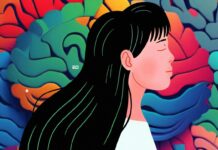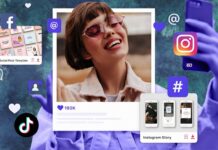Don’t we just love to doodle? We love it so much that our notebooks and textbooks are filled with them.
Mine is.
Pages and pages of mindless scribbling.

While the onlooker may think that they are mere scribbles, recent studies have proved otherwise.
(By the way, the above picture is not from my copy. Sorry.)
Read Also: This Emoji Day, Find Out The Meaning Behind These 10 Emojis
What is a Doodle?
The earliest form of doodling can be found in caves where cave dwellers communicated through drawings on walls.
In India, the earliest art forms can be traced back to pre-historic Hominid settlements in the third millennium BC. Through the ages, it has evolved through various cultural influences (examples, the Indus and Hellenistic) and religious influences (Hinduism, Buddhism, Jainism and Islam).
The word “doodle” first appeared in the early 17th century to mean a fool or a simpleton and might have been derived from the German word Dudeltopf or Dudeldop. The word later came to be associated with the verb, lazy.
Drawing is Feeling, They Say
Usually, the term doodling is associated with children in the manner that they draw or write due to their lack of hand-eye coordination. Despite this, it is not uncommon to see such behaviour in adults.
Doodling, allows the unconscious mind to be expressed in symbolic forms. Both Sigmund Freud and Carl Jung, two of the most notable thinkers, emphasised the significance of symbols for understanding the unconscious within.
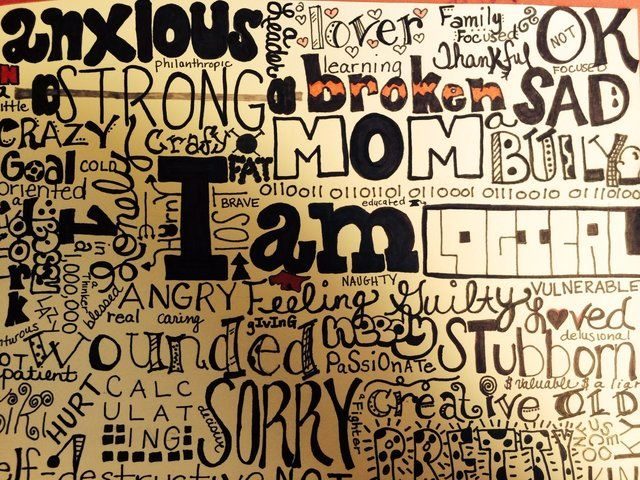
Thus, doodling is used for therapeutic purposes as well as enabling a person to retain their cognitive abilities.
Doodling has Evolved to Become an Important Tool of Expression
In the present day, doodling has taken various forms. What started as a means of communication on cave walls has evolved to become a powerful means of communication at a global level.
Doodles have been used as a means of voicing one’s opinions. We see this every day through the cartoons in newspapers like The Hindu, Times of India, and the like. Graffiti, which is an evolved form of doodling, is used as a powerful instrument of self-expression that voices the need for equality, injustice and so forth, using a single image.
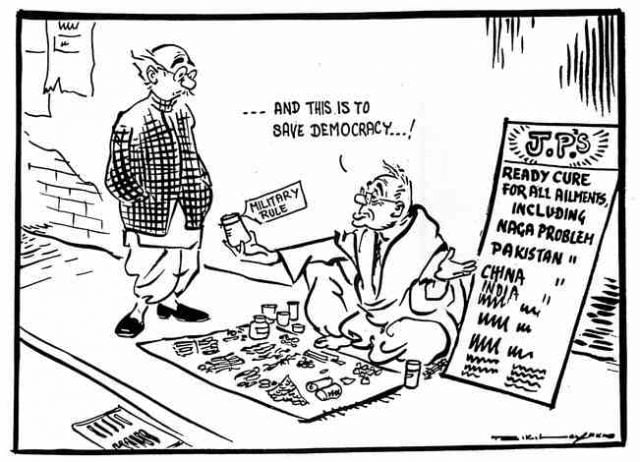
Take the “peace sign” for instance; it was first designed as the logo for the British Campaign for Nuclear Disarmament by Gerald Holtom. The symbol is a combination of semaphore signals for the letter “N” and “D” that represented “nuclear disarmament”. Holtom states that the genesis of the idea emerged when he was in a state of despair and was expressing his present state of mind.
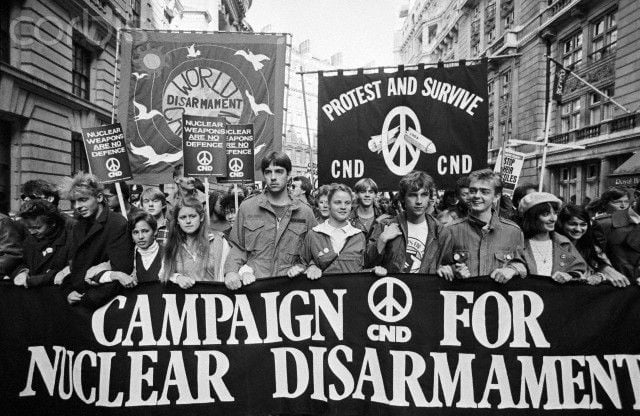
Over the years, however, it has become one of the most iconic symbols of “peace” in general.
Whether it is business, fashion, and design, doodles have evolved into a means for generating ideas. And even for promoting brands. Take Google for example.
Google has taken the art of doodling to a new level. Every time one opens their browser, they are greeted with interesting doodles. Often these doodles celebrate a prominent person or a festival. These are called Google Doodles and they make browsing the net a more wonderful experience.
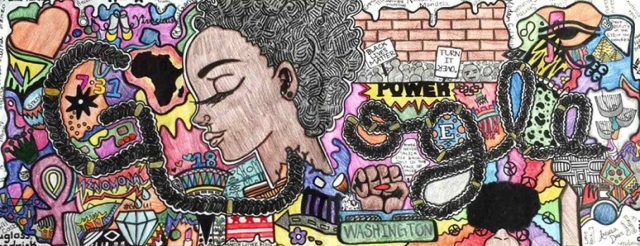
And did you know about Sukumar Ray? His poetry ran parallel to his doodling their witty and absurd nature which went on to produce some of the most biting satires of the British Raj right under their nose! Look him up, thank me later.

The Future of Doodling
Doodling has evolved so much that it is no longer a mere scribble. It is an art form that is both complex and revolutionary. Artists have taken up the art of doodling to newer heights and have incorporated it into other art forms.
There is so much that can be expressed through something as simple as a doodle. Art is one of the most powerful instruments of change and revolution.
Therefore, next time someone tells you to stop scribbling in your texts, do not listen to them because one should never underestimate the power of a Doodle.
Image Credits: Google Images (The feature doodle was by Sukumar Ray.)
Further Reads:
http://edtimes.in/2017/05/an-open-letter-to-the-open-letter/




























